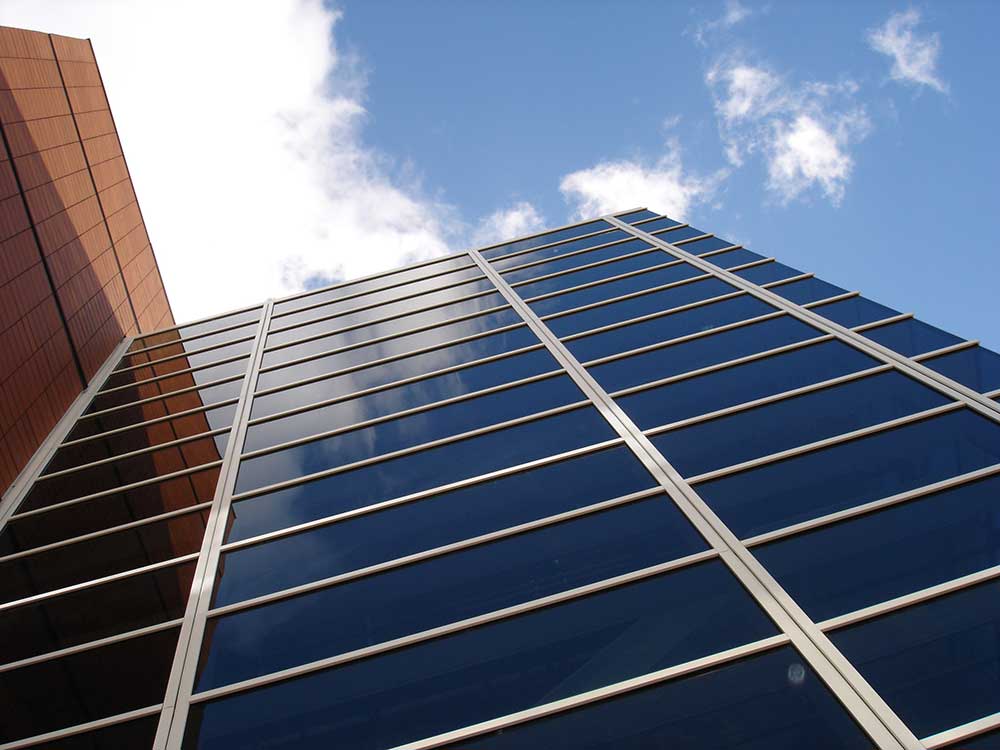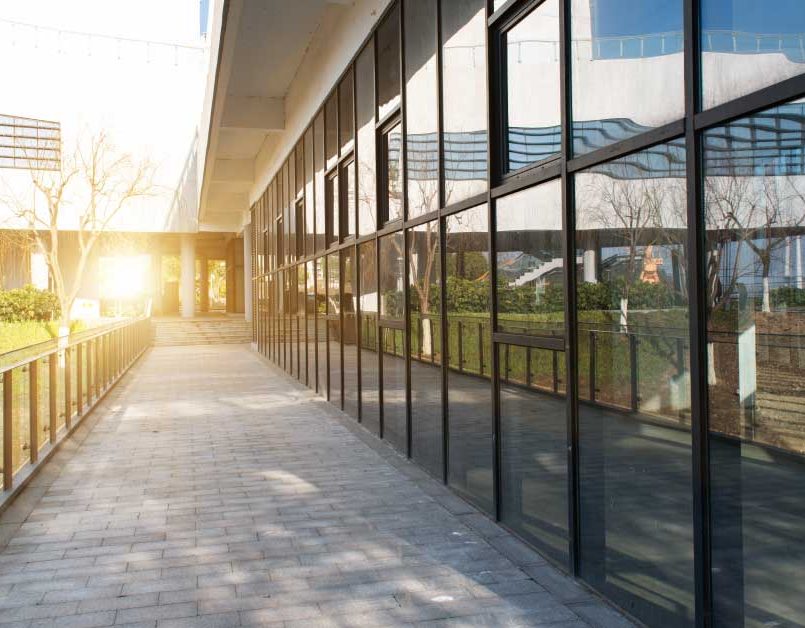The Intersection of Form and Function: Balancing Aesthetics with Performance in Aluminium Curtain Walling Design
Nowhere is this delicate balance more evident than in the design of aluminium curtain walling, where aesthetics must seamlessly coexist with performance. This article delves into the intersection of form and function in aluminium curtain walling design, examining how architects and engineers navigate the complexities of creating visually striking yet highly functional building façades.
Embracing Architectural Expression
Aluminium curtain walling offers architects unparalleled opportunities for architectural expression. Its lightweight and malleable nature allows for the creation of intricate geometries, bold shapes, and expansive glazed surfaces that define the aesthetic character of a building. Architects leverage these design possibilities to craft iconic landmarks and statement pieces that capture the imagination and leave a lasting impression on the urban landscape.
Engineering Performance and Structural Integrity
While aesthetics drive the initial design vision, engineering performance and structural integrity are paramount considerations in aluminium curtain walling design. Engineers employ advanced computational tools and structural analysis techniques to ensure that the curtain walling system meets stringent performance requirements, including wind resistance, thermal insulation, and load-bearing capacity. This marriage of form and function is essential to create façades that not only look stunning but also perform reliably under diverse environmental conditions.
Material Selection and Sustainability
The choice of materials plays a crucial role in achieving the desired balance between aesthetics and performance in aluminium curtain walling design. Sustainable materials, such as recycled aluminium and low-emissivity glass, are increasingly favored for their environmental benefits and energy-efficient properties. By prioritizing sustainability in material selection, architects and engineers can create façades that not only enhance the visual appeal of buildings but also contribute to a greener and more sustainable built environment.
Integration of Building Systems
Innovations in building systems integration are transforming the way aluminium curtain walling is designed and constructed. Advanced technologies, such as Building Information Modeling (BIM) and parametric design software, enable architects and engineers to seamlessly integrate curtain walling systems with other building components, such as HVAC systems, lighting controls, and renewable energy sources. This holistic approach to design ensures optimal performance and functionality while maintaining design coherence and aesthetic integrity.
Human-Centric Design Principles
At the heart of aluminium curtain walling design is a commitment to human-centric design principles. Architects strive to create spaces that enhance the quality of life for building occupants by maximizing natural light, views, and connectivity to the surrounding environment. Through thoughtful design interventions, such as daylighting strategies, shading devices, and interactive façade elements, aluminium curtain walling can foster a sense of well-being, productivity, and engagement among users.
Conclusion
The intersection of form and function in aluminium curtain walling design represents a harmonious fusion of artistic vision and engineering prowess. By striking a delicate balance between aesthetics and performance, architects and engineers can create building façades that not only captivate the eye but also elevate the human experience. As technology advances and sustainability becomes increasingly important, the future of aluminium curtain walling design holds boundless possibilities for innovation and creativity.
FAQs
- How do architects balance aesthetics and performance in aluminium curtain walling design? Architects balance aesthetics and performance by leveraging design possibilities while ensuring that the curtain walling system meets stringent engineering requirements for structural integrity, weather resistance, and energy efficiency.
- What role does material selection play in aluminium curtain walling design? Material selection is critical in achieving the desired balance between aesthetics and performance. Sustainable materials, such as recycled aluminium and low-emissivity glass, are favored for their environmental benefits and energy-efficient properties.
- How do building systems integration technologies impact aluminium curtain walling design? Advanced technologies, such as Building Information Modeling (BIM) and parametric design software, enable seamless integration of curtain walling systems with other building components, ensuring optimal performance and functionality.
- What are some human-centric design principles incorporated into aluminium curtain walling design? Human-centric design principles focus on maximizing natural light, views, and connectivity to the surrounding environment to enhance the quality of life for building occupants. Daylighting strategies, shading devices, and interactive façade elements are examples of design interventions that prioritize user well-being and engagement.
- What are the future trends in aluminium curtain walling design? Future trends in aluminium curtain walling design include advancements in sustainable materials, digital fabrication techniques, smart building technologies, and biophilic design strategies, all aimed at enhancing both the aesthetic and functional aspects of building façades.





